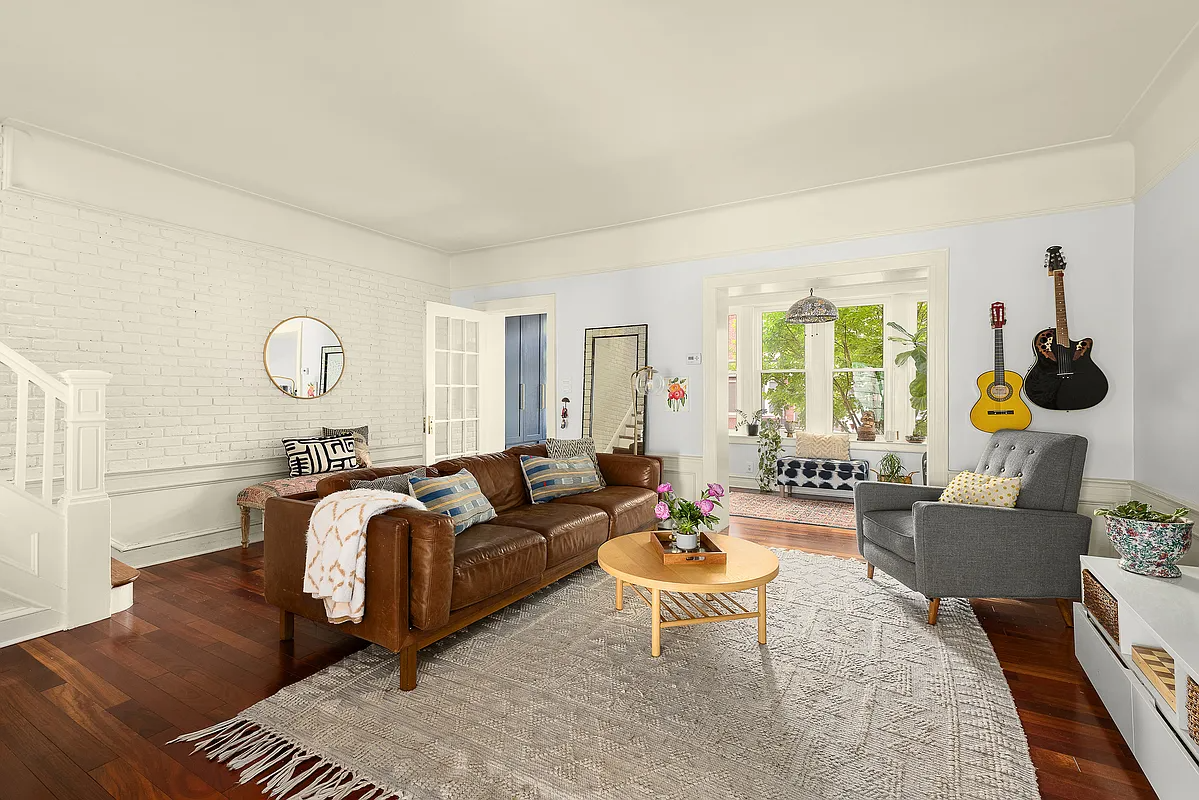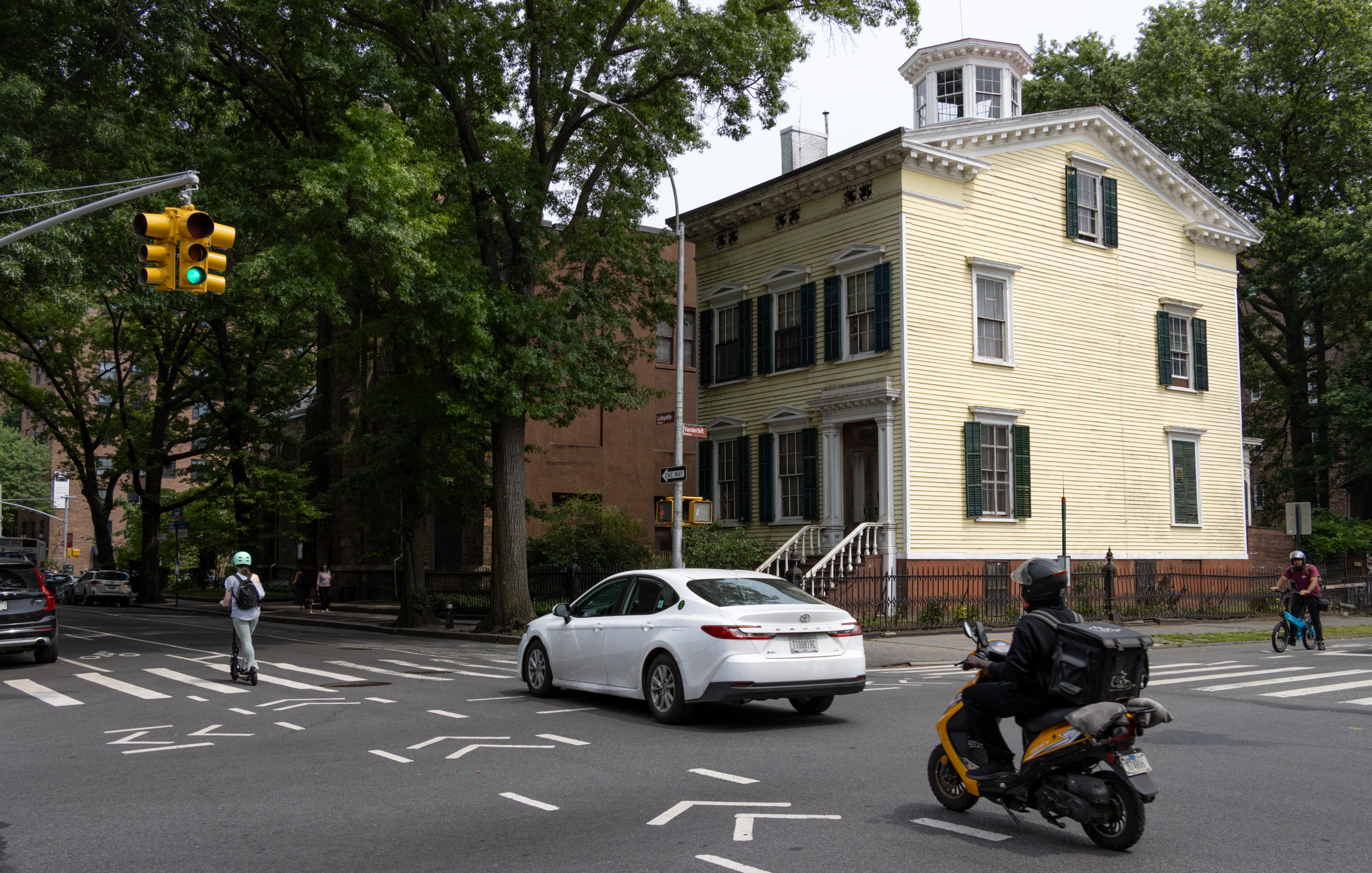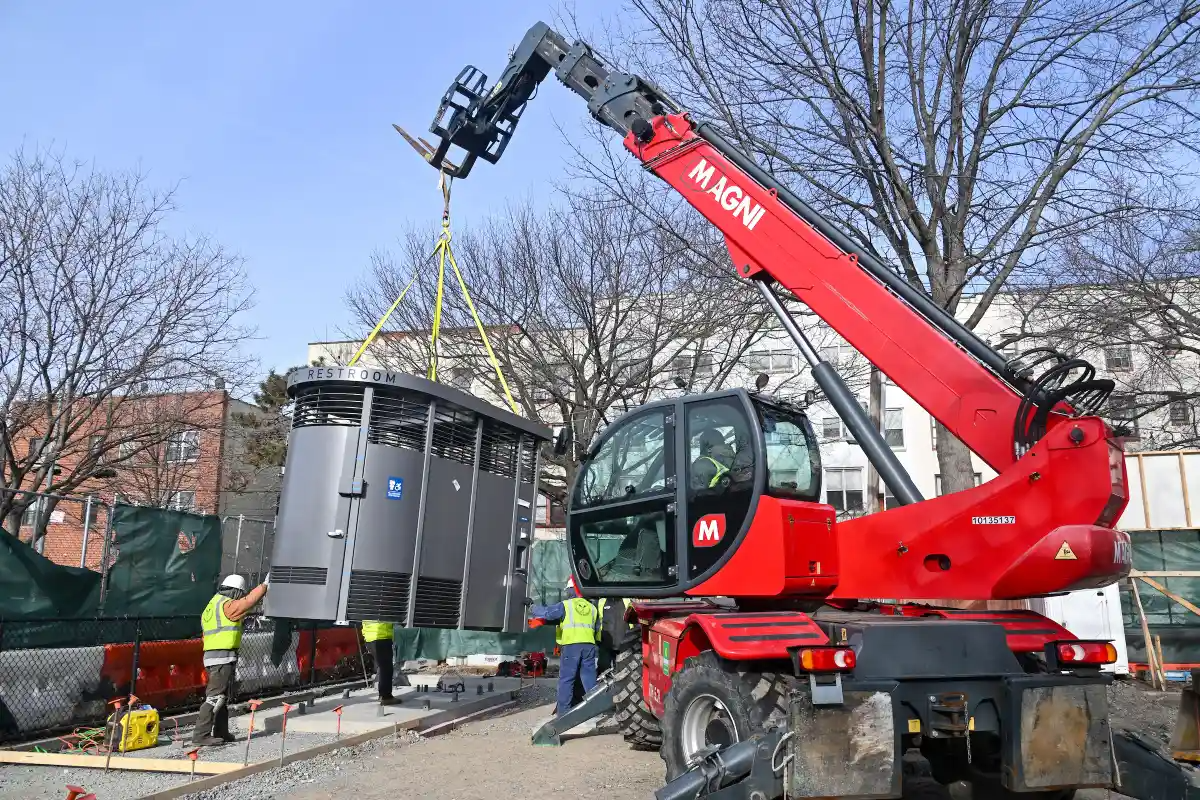Interesting religious architecture around Queens: churches, temples, and mosques
Queens isn’t often recognized for its architecture, but we do have plenty of fascinating buildings. Actually, it’s fitting that some of the most noteworthy architecture in the borough reflects our incredible cultural and religious diversity. Here’s a look at some of the churches, temples, and other houses of worship that punctuate our neighborhoods with beauty….

Queens isn’t often recognized for its architecture, but we do have plenty of fascinating buildings. Actually, it’s fitting that some of the most noteworthy architecture in the borough reflects our incredible cultural and religious diversity. Here’s a look at some of the churches, temples, and other houses of worship that punctuate our neighborhoods with beauty.

Image source: Wikimedia Commons
In Whitestone, the futuristic St. Nicholas Orthodox Church (GMAP) is all curves: there’s a metallic barrel roof, oval windows and accents, and a bulbous, bright blue onion dome. The Russian Orthodox house of worship was designed by Sergey Padukow of New Jersey and built in 1968, and continues to catch our attention with its retro spaceship design.

For another interesting design from the 60s, check out Transfiguration Church in Maspeth (GMAP)—rather than curves, it’s all angles. This Lithuanian Roman Catholic church, built in 1962, is a large triangular prism with a glass-paneled front, a zig-zag door canopy, trapezoidal doorways, and other charming geometric adornments. On the church grounds, there’s a replica of a Lithuanian roadside shrine that reflects the angular planes on the building.

The first floor of Wat Buddha Thai Thavorn Vanaram (GMAP), Elmhurst’s Thai Buddhist temple, is a clean-lined, yawn-worthy brick box. But on top of that sits a traditional Thai temple structure with a blue tile roof and golden, flame-like trim curling off of the windows and roof. The front entrance is similarly adorned, and strings of the flags of Thailand and Thai Buddhism radiate from the terrace. It’s a colorful addition to the block, which is mostly made up of plain brick apartments and homes.

The Ganesh Temple in Flushing, Šri Mahã Vallabha Ganapati Devasthãnam (GMAP), is a similarly striking sight in the midst of residential Queens. Although most of the exterior is currently under renovation and has a plain look to it, the grand entrances (monumental tower gateways called gopuram) are intricately carved with elephants and representations of Ganesh, the Hindu deity the temple is devoted to. Constructed in 1977 by artisans from India, the building is the home to the Hindu Temple Society of North America, and is down the street from a Chinese church, a Jewish center, and another Hindu temple.

Another sight to behold in Flushing is Masjid Hazrati Abu Bakr Siddique (GMAP), a mosque with a bright blue dome and minaret, arched doors and windows, and gorgeous golden Arabic script over the entrance. The mosque’s crescent spires coexist with the cross of the Korean Presbyterian church directly next door, showcasing more of the neighborhood’s diversity.

In Astoria, a huge dome holds the entire Greek Orthodox congregation at the Church of St. Catherine and St. George (GMAP). The neo-Byzantine structure, which was built in the early 1970s, is reminiscent of the iconic Hagia Sophia in Istanbul. The inside of the gorgeous dome glows with colorfully painted religious icons – including new additions this year by the Greek iconographer George Giariskanis.

One of our most contemporary examples of fascinating religious architecture is the New York Presbyterian Church (GMAP), a Korean mega-church in Sunnyside, designed by Greg Lynn, Michael McInturf and Douglas Garofalo and completed in 1997. It’s actually a renovated, redesigned factory building; but with the geometric exoskeleton-like structure of the back stairway and other cutting-edge elements, the New York Times called it (in 1999) “as striking a piece of architecture as those we once had to go to Los Angeles to see.”
This is just a sampling of what we think are the borough’s most remarkable religious buildings. When you pay attention to the structures around you, you can start to think of Queens as a collection of sacred spaces and cultural centers – and we certainly have a history of religious tolerance and diversity, dating back to the 1657 Flushing Remonstrance. It makes sense that many of our borough’s most innovative design projects have been related to our various cultural beliefs.





Awesome, awesome post!
You missed one of my faves, the Geeta Temple Ashram on Corona Ave in Elmhurst:
http://www.flickr.com/photos/lauren/5009656537/in/set-72157624875731213
And I’m sure there are many more, just waiting to be discovered. Great round-up.